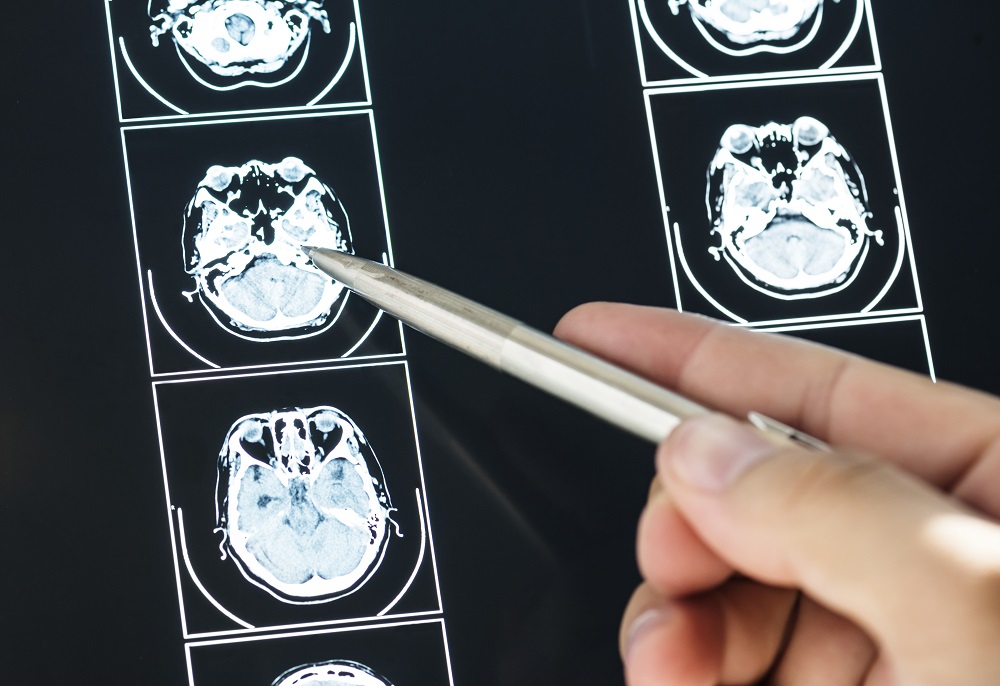Stroke is one of the leading causes of disability worldwide, and one of the most effective treatments for some types of stroke is thrombolysis. But what is thrombolysis? How does it work, and when should it be used in the case of a stroke? If you’ve ever wondered about these questions, this article explains everything you need to know in a clear and simple way .
What is thrombolysis and how does it work in a stroke?
Thrombolysis is a medical treatment primarily used to treat ischemic stroke . This type of stroke occurs when a blood clot blocks blood flow to a part of the brain. Thrombolysis involves administering drugs that dissolve the clot, restoring blood flow to the affected area of the brain.
The most commonly used medication in thrombolysis is rtPA (recombinant tissue plasminogen activator) , an enzyme that works by dissolving the blood clot. This can restore blood flow to the affected area and prevent further brain damage.
How is thrombolysis administered?
Thrombolysis is usually administered via intravenous injection. The speed with which this treatment is administered is crucial. The drug must be administered within the first few hours after stroke symptoms begin to maximize its benefits. If administered too late, the risk of serious side effects or complications increases.
When should thrombolysis be used?
Thrombolysis is only used in cases of ischemic stroke , not in hemorrhagic strokes (when the stroke is caused by bleeding). Furthermore, not all patients with ischemic stroke are candidates for this treatment. To determine if thrombolysis is appropriate, doctors must evaluate several factors, including :
- Time from onset of symptoms : Thrombolysis is most effective when administered within the first 3 to 4.5 hours of stroke onset.
- Confirming an ischemic stroke : Through an MRI or CT scan, doctors will confirm that the stroke is ischemic and not hemorrhagic.
- Patient Health Conditions : Thrombolysis treatment is not recommended for patients with certain conditions, such as active bleeding, recent surgery, or uncontrolled hypertension.
Benefits of thrombolysis
Thrombolysis can have significant benefits for patients with ischemic stroke if administered early. Some of the main benefits include:
- Faster recovery : By dissolving the clot, blood flow is quickly restored, which can improve the recovery of brain functions.
- Less brain damage : If treatment is given early, the amount of damaged brain tissue is reduced, thereby decreasing the risk of permanent disability.
- Lower risk of complications : The use of thrombolysis can prevent the occurrence of serious complications, such as cerebral edema (swelling) or brain necrosis.
Risks and side effects
Although thrombolysis can be very effective, it also carries some risks. By dissolving a clot, there may also be a small risk of bleeding. These are some of the possible side effects:
- Cerebral bleeding : Although rare, thrombolysis treatment can cause bleeding in the brain if not administered properly.
- Allergic reactions : Some people may experience allergic reactions to the medication, although this is also rare.
- Other minor side effects : Headaches, nausea, or dizziness may occur, but are usually temporary.
How is a stroke diagnosed?
A stroke is diagnosed in the hospital as soon as symptoms are identified. Some common stroke symptoms include:
- Sudden weakness in the face, arm, or leg, especially on one side of the body.
- Difficulty speaking or understanding speech.
- Sudden loss of vision in one or both eyes.
- Severe headache with no apparent cause.
- Difficulty walking , dizziness, loss of balance or coordination.
If you experience any of these symptoms, or if someone close to you does, it’s essential to seek immediate medical attention. Time is critical in stroke treatment, and the first few hours are the most important to maximize the chances of a successful recovery.
Conclusion: The importance of thrombolysis in stroke treatment
Thrombolysis is an effective treatment for ischemic stroke, as it helps dissolve the clot blocking blood flow to the brain. To be effective, it must be administered as soon as possible, ideally within the first few hours of the onset of symptoms. Although there are associated risks, its benefits to patient recovery can be significant if administered appropriately.
Remember, if you suspect you or someone close to you is experiencing a stroke, seek immediate medical attention. At the RehabOT Rehabilitation Clinic in Malaga , we work with a specialized team to help people recover from a stroke , offering comprehensive care to maximize functional recovery.
Don’t waste time. Act quickly and seek the medical help you need to improve your chances of recovery.
Leave us your data to start your treatment







